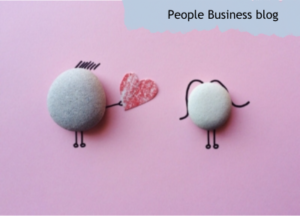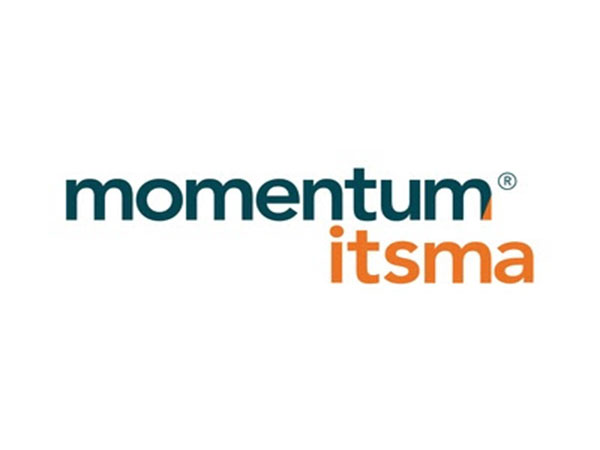Valentine’s Day – A HR Love Story
 Valentine’s Day is a day for expressing love and appreciation… so maybe it’s time to look at how we extend that appreciation towards our colleagues and staff.
Valentine’s Day is a day for expressing love and appreciation… so maybe it’s time to look at how we extend that appreciation towards our colleagues and staff.
We already know that job satisfaction is a key factor in employee retention – when employees are satisfied, they are less likely to consider leaving their current job. And given that one of the largest costs to an organisation is staff replacement, appreciation is a useful way of improving motivation – and therefore staff retention – without spending the next quarter’s budget or undergoing an extensive training programme.
Are your efforts at employee appreciation falling on stony ground?
Do you ever feel that you’re doing everything you can to express your appreciation only for it to fall on stony ground? Perhaps it’s time to take a different approach – not to how you show your gratitude but how it’s acknowledged by the recipient.
You may be familiar with “The Five Love Languages”*, the concept being that we feel loved in one of five different ways:
- Words of affirmation
- Quality time
- Acts of service
- Receiving gifts
- Physical touch
If you have seen the 1990 film Ghost with Demi Moore and the late Patrick Swayze, you no doubt remember the scene where Moore’s character Molly needs to hear Sam (Swayze) tell her that he loves her… yet Sam can’t say those all-important words. There’s little doubt that Molly’s love language is ‘words of affirmation’. However, given Sam’s inability to tell her, we can easily guess that he speaks an entirely different (love) language.
Luckily, we are all capable of learning a different language… we just need to find out what the other person speaks!
The five languages of appreciation at work
Just as there are five love languages, there are also five languages of appreciation at work**.
- Words of affirmation; this is about using the written or spoken word to convey appreciation, for example, praise for a job well done.
- Quality time; giving someone undivided personal attention – a one-to-one conversation where you’re entirely focused on the other person.
- Acts of service; helping someone to get a task or project finished (this does come with certain caveats such as asking before helping, making sure you finish what you start etc.).
- Tangible gifts; this involves offering thoughtful, non-monetary gifts to those who appreciate them.
- Physical touch; this is a tricky proposition in any workplace, so it’s not surprising that few workers or managers use touch to say thank you. High fives, handshakes, a pat on the shoulder can still send the right message whilst erring on the side of caution. Note: we all have a primary and a secondary language of appreciation, so you may prefer to use a worker’s different language than physical touch in the workplace.
The first step is to discover which language of appreciation your staff and colleagues speak and the best way to ascertain this is to watch them in action. How do they convey appreciation themselves? How do they react when you use different languages of appreciation?
Top tips on speaking the different languages of appreciation at work
Here are some tips on speaking the different languages, as well as some pitfalls to avoid:
Words of Affirmation
- Do give praise for character and leadership traits, not just performance and results, e.g. “The way you handled that client enquiry with your confident, warm manner really helped show the company in our best light. It was a great example to the rest of the team.”
- Do verbally congratulate when a project is delivered well.
- Do give praise by asking to learn from people, e.g. “We have an important pitch meeting coming up. I’ve prepared for it but would really value your opinion as your success rate in pitches is so high. I’d love your feedback before I present to the client.”
- Avoid global praise such as, “Great job, team!” Generic and general, it could be applied to anyone at any time.
Quality Time
- Do offer regular one-to-ones with staff you usually only see in a group environment, if you’re a manager.
- Do talk and walk together during the lunch hour.
- Do make regular calls to check in on remote workers – not just for work updates.
- Avoid distractions, for example, if you’re having a one-to-one with a member of staff, give them your full attention. Allowing yourself to be interrupted by your mobile doesn’t demonstrate a sense of value.
Acts of Service
- Do volunteer to help a co-worker with a boring spreadsheet.
- Do make coffee for a stressed colleague.
- Do stay late to help with a task.
- Avoid diving in without checking that they’d like your assistance; it may be that your colleague doesn’t want help, in which case you’ll create tension rather than encouragement.
Tangible Gifts
- For people whose language is ‘gifts’, it really is the thought that counts. If a co-worker is on a diet, they may not appreciate you bringing them a large slice of cake; try offering their favourite fruit instead.
- Time off qualifies as a gift – for example, if one of your workers is a mum of young children, show your appreciation by giving a morning off on the first day of school, or let an avid football fan come in early and go home early so they can watch the big game.
- A copy of a magazine relating to an area that you know interests them.
- Avoid thoughtless gifts – for individuals who feel valued by receiving a gift, a key factor is that you took time to think about what they’d like.
Touch
- As stated above, this is a tricky one for the workplace. For obvious reasons, we’d suggest limiting to a handshake, high five or a fist bump, or using the person’s secondary language of appreciation.
- Avoid physical touch without carefully considering the person, the type of work relationship and the sub-culture.
In summary, for people to feel valued, appreciation must be:
- communicated consistently
- expressed in language/actions that the recipient understands
- individualised and delivered personally
- viewed as genuine and authentic.
To read more about how recognition at work has positive effects on business, read our blog “The Power of Recognition at Work” and to discuss how People Business could help you with employee retention, feel free to get in touch to talk to one of our consultants.
*“The 5 Love Languages” by Gary Chapman **“The 5 Languages of Appreciation in the Workplace” by Gary Chapman and Paul White




